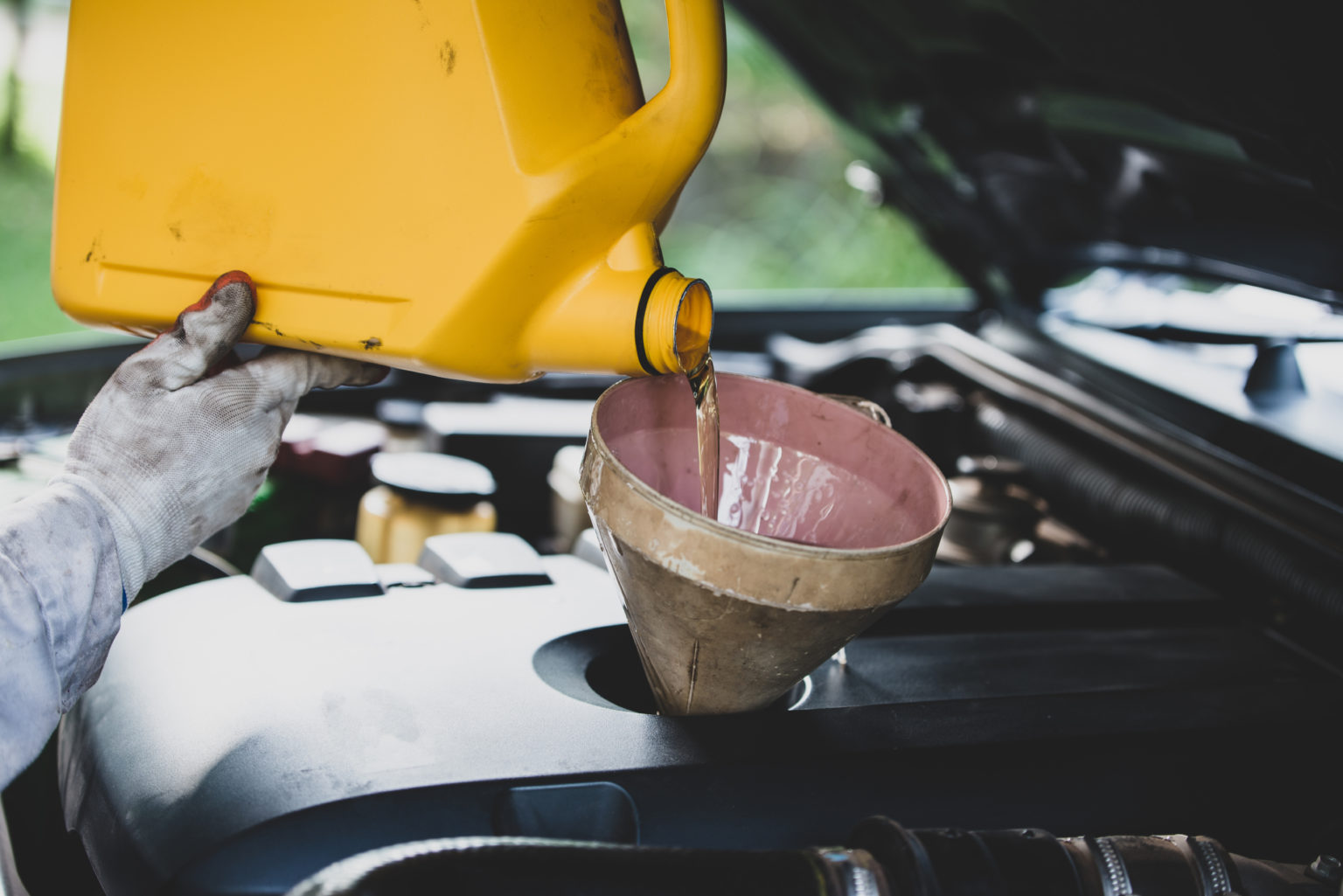
Make sure you have a good look at your transmission fluid as well, as you could be dealing with this coolant-oil mix in your transmission instead of your engine. However, as we know anything can go wrong when it comes to vehicles, and your vehicle’s radiator could have a leak inside the radiator, allowing your engine’s coolant and transmission fluid to mix, resulting in a bad time for your transmission. Normally this type of method of cooling is safe, as the coolant portion of the radiator is sealed off from the transmission fluid part. Some vehicle manufacturers incorporate the transmission cooler into the vehicle’s radiator, normally having a separate 75% of the radiator for the engine’s coolant, and the remaining 25% of the radiator for transmission fluid. Having a faulty oil cooler that lets your engine’s coolant and oil mix together, whether it’s transmission oil or engine oil, is never a good thing.
Coolant in oil symptoms cracked#
Injectors can also be a cause of a cracked cylinder head as they need to be serviced and replaced, like other components in the engine, as they can become clogged, and inefficient, causing an uneven spray pattern that leads to hot spots inside your engine’s combustion chamber.

What Causes A Cracked Cylinder Head?Ī cracked cylinder head normally occurs in older, indirect injection-style engines as they contain pre-combustion chambers that are notorious for developing cracks between them due to the nature of the engine injection style and how much heat is produced, which is far higher than a standard direct injection or common rail diesel engine. The result? These cracks can eventually start to let oil and coolant mix in with each other, leading to an unwelcome blend.

Just like the foundation of a house developing cracks, this major engine component can start to develop cracks. A Cracked Cylinder HeadĪnother potential issue lies within your Ford Rangers cylinder head. One of the most common culprits is a leaking or worn head gasket, which maintains the compression of the engine between the cylinder head and engine block, and also ensures oil and coolant are both kept separate, otherwise, they can begin to mix together and even begin leaking into your engine’s cylinders. Imagine you’re conducting a regular check-up on your Ford Ranger, and you find a surprising and rather worrisome development: your oil and coolant have decided to merge. Sure, it might sound like a spicy mashup, but let me assure you, it’s not a great combo for your Ford Ranger. It’s a bit like when you’re at a party and the salsa and the guacamole accidentally get together in the dip bowl. What To Do When My Engine Oil Mixes With Coolant?Įver wonder what happens when your car’s oil and coolant decide to mix things up?.Increased Engine Wear and Less Oil Protection.The Signs and Symptoms of Oil in Your Coolant.



 0 kommentar(er)
0 kommentar(er)
